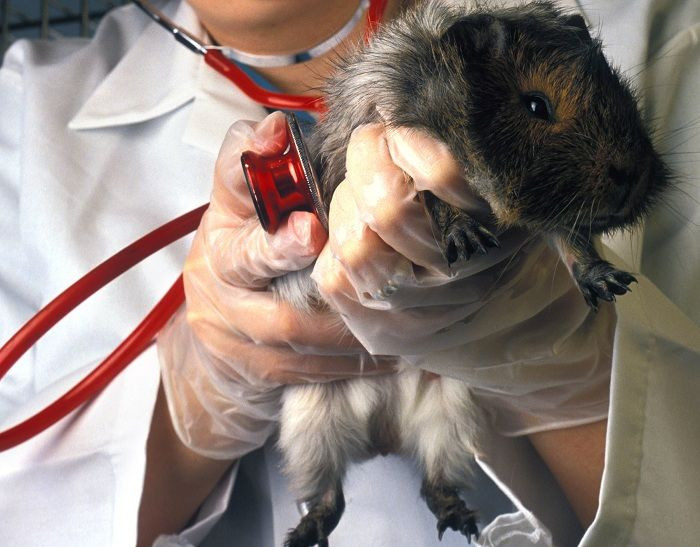Chinese Scientists Create Killer Hybrid Flu Virus In Lab

Researchers in China are getting heat from senior scientists for creating a new strain of a killer influenza virus in a lab, The Independent reported.
Created from the merging of bird flu and human influenza viruses, this deadly strain could leak from the veterinary laboratory it was born and cause a global pandemic.
While the senior scientists are unaware of the lethality of the new strain to humans, they recognize that at most between 500,000 and 100 million people could die.
"They claim they are doing this to help develop vaccines and such like. In fact the real reason is that they are driven by blind ambition with no common sense whatsoever," Lord May of Oxford, Former President of the Royal Society, told The Independent.
"The record of containment in labs like this is not reassuring. They are taking it upon themselves to create human-to-human transmission of very dangerous viruses. It's appallingly irresponsible," he said.
Researchers led by Chen Hualan of China's Harbin Veterinary Research Institute conducted the experiment in a laboratory setting with high security systems. Their study, published online today in Science, produced 127 different viruses that were hybrids of H5N1 and H1N1. Out of these 127, five were airborne and capable of being passed to guinea pigs.
They concluded that taking one gene from the human influenza virus and putting it into the bird flu produced an easily contagious and dangerous strain of H5N1 bird flu.
This field of research is part of an increasingly debatable number of experiments called gain-of-function studies, which allow the scientists to purposely synthesize deadly strains of viruses, Science reported.
The researchers claim this could only help avoid potentially pandemic scenarios.
But hybrid flu viruses, if effectively synthesized, could remake a strong and lethal virus that could easily be passed between humans, experts say.
The senior scientists predict that the worst case scenario would be a pandemic that affects approximately 500 million people, with fatality rates from as little as 0.1 percent to 20 percent.
A 2011 study conducted by scientists from the United States and the Netherlands also found transmissible strains of mutated H5N1 that could pass between ferrets. However, in this case, the U.S. National Science Advisory Board for Biosecurity (NSSAB) required them to remove details that could be used for bioterrorism.



























